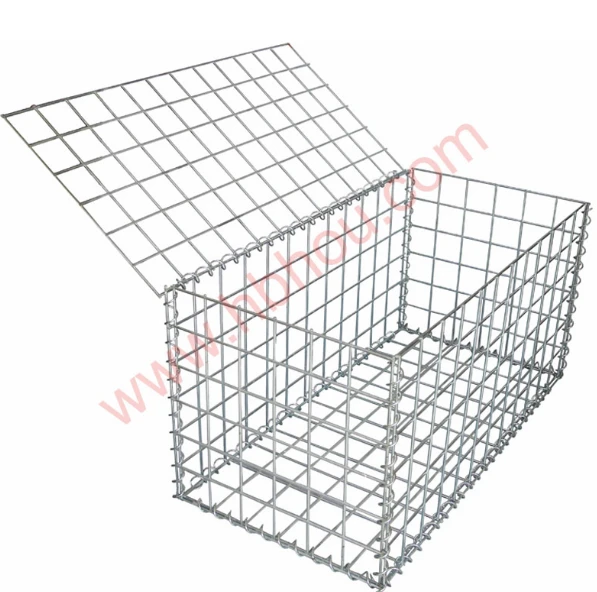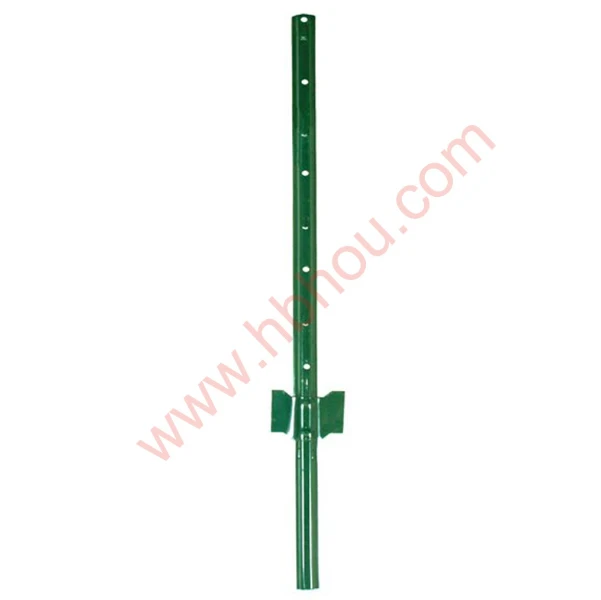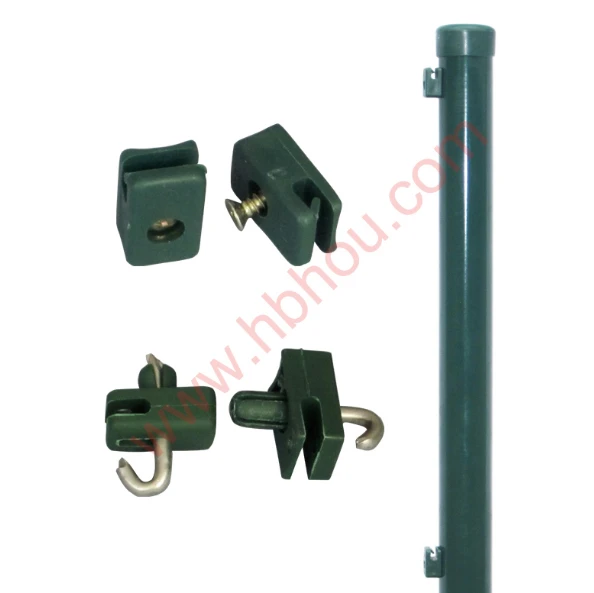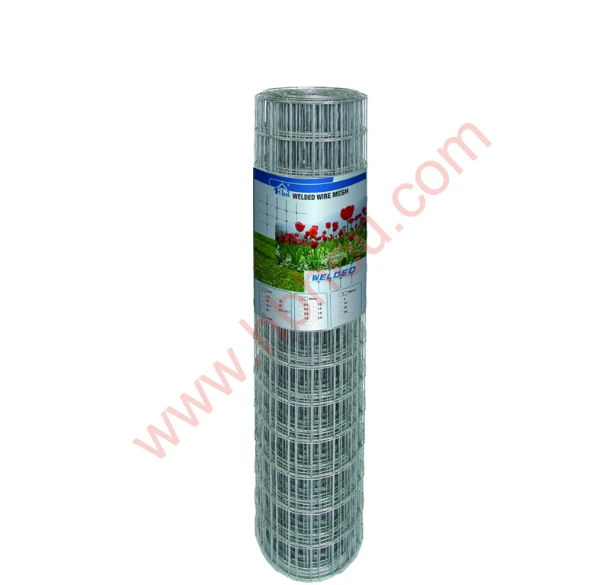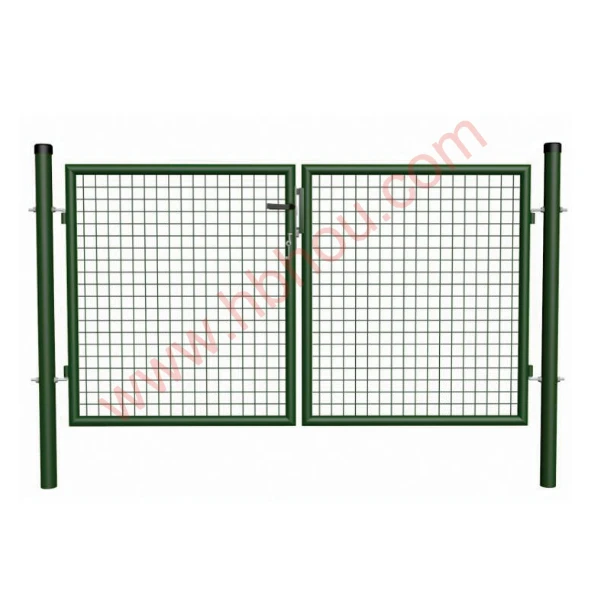The Versatile Applications of Gabions in Modern Engineering
Gabions, originally used in military applications, have evolved into an essential tool in modern engineering and landscape design. Made from wire mesh filled with rocks, soil, or other materials, gabions serve various functions, including erosion control, retaining walls, and sound barriers. This article explores the versatile applications of gabions and highlights their benefits in contemporary construction and environmental projects.
1. Erosion Control
One of the primary applications of gabions is erosion control. In many regions, soil erosion caused by water runoff can lead to significant land degradation. Gabions effectively stabilize slopes and riverbanks, preventing soil loss and promoting vegetation growth. By absorbing the energy of flowing water, they dissipate force and reduce the likelihood of erosion. In areas prone to heavy rainfall, gabions can be strategically placed to guide water flow and protect vulnerable landscapes.
Gabions are widely used as retaining walls in both residential and commercial projects. Their design allows them to adapt to the topography while providing structural support. Unlike traditional concrete walls, gabions can flex and settle with the earth, making them less susceptible to cracking. Furthermore, their permeability allows water to drain through, minimizing hydrostatic pressure and reducing the risk of wall failure. Gabion walls can also be aesthetically pleasing, blending seamlessly with natural surroundings while encouraging vegetation growth between the stones.
3. Sustainable and Eco-Friendly Solutions
With the growing emphasis on sustainability, gabions present an eco-friendly alternative to traditional construction materials. The use of local stones minimizes transportation costs and emissions, while the metal mesh is often made from recycled materials. Moreover, gabions promote biodiversity by providing habitats for various flora and fauna. The gaps between the stones allow for plant growth, contributing to the ecosystem and enhancing the landscape's beauty. This sustainable approach aligns with modern construction practices that prioritize environmental responsibility.
gabions ch

4. Flood Control
In flood-prone areas, gabions play a crucial role in flood management. They can be used to create levees and barriers that redirect excess water away from vulnerable zones. By serving as natural flood defenses, gabions reduce the risk of damage to properties and infrastructure. Their robust design allows them to withstand the forces of running water, making them a reliable solution in flood-prone regions. As climate change continues to intensify weather events, the use of gabions as a flood mitigation strategy becomes increasingly relevant.
5. Noise Barriers
Urbanization often leads to increased noise pollution, impacting the quality of life for residents in busy areas. Gabions can serve as effective sound barriers, dampening noise from highways, railroads, or commercial zones. The density of filled gabions helps absorb and deflect sound waves, providing relief to nearby communities. This dual purpose of gabions—serving as both a structural element and a noise barrier—highlights their multifunctionality in modern applications.
6. Construction and Aesthetic Appeal
Beyond their practical advantages, gabions are gaining popularity in architectural design for their aesthetic appeal. They can be creatively integrated into various design elements, such as garden walls, benches, and decorative features. Their natural look blends well with various terrains and enhances the outdoor environment. By utilizing gabions, architects can provide functional solutions while making a statement in landscape design.
Conclusion
Gabions represent a unique convergence of practicality and aesthetic appeal in modern construction. Their versatility in applications such as erosion control, flood management, and sound barriers, coupled with their sustainable nature, makes them an ideal choice for contemporary engineering projects. As we face increasingly challenging environmental issues, the innovative use of gabions can contribute to sustainable solutions that harmonize with the natural landscape while addressing the needs of society.









